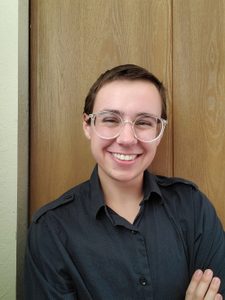
Avery Davis ’20
This project celebrates transgender bodies. I began this process by photographing trans Carleton students and asking a few questions about their experiences being trans. This was an intimate and exciting experience, as everyone I photographed belongs to the same community here on campus as me and most were close friends of mine.
I asked each subject what they would want society to know about the trans experience. “Look how sexy we are!” “Let trans people live their lives.” “People can exist and you don’t need to understand everything about them.” “What are you nervous about?” “Follow our leads.”
These responses led me to focus on the faces and individualities of each subject, instead of only the physical aspects of transition, such as scarring from surgeries (although I did not erase those). I want to counter the “other” narrative and reflect back to the viewer the cisgender expectation that trans bodies are for them to objectify, judge, and see. Instead, I want to portray the excellence of trans individuality.
The concept of utopia thematically grounds this comps. I am interested in the constant process of evolution of people and their bodies. All bodies are always becoming and are never a finished project. Playing with scale was also fun throughout this process—the size of paper used for the charcoal works allowed for movement and space to work large for the first time, and to continue the concentration on the individual.
Though I myself am a part of the community I am centering, I also want to focus on myself as a painter and not just as a queer person. Throughout the art making process, I have learned not only how to draw and paint portraits, but also how to convey the individuality of the subjects through the use of oils and charcoal. I finished the portraits in an apparent state of progress with underlayers visible and some areas more detailed than others. The complete yet “working” pieces tie back into the theme of utopias. The works relate to these trans bodies in constant change: both are in a state of utopia as a non-place yet something to forever be moving towards.
In terms of a broader art historical framework, I wanted to include portraits of people who are normally excluded from the historical art scene. Transgender people are often left out of the conversation of art and portraiture. To combat this, I want to place portraits of only transgender people in conversation with each other. In addition to this, I want to express how wonderful transgender people and bodies are because of being trans, not despite it.
This context overlaps with that of the queer art movement. I want to challenge the heteronormative culture and history of separating public and private and the determination of such by those in power through these pieces. These works are deliberately not made as a window into the private lives of trans people during transition for cisgender people to see what that looks like.
— Avery Davis ’20
-
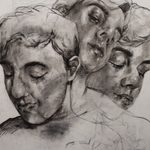 Untitled, 2020
Untitled, 2020
Charcoal on paper -
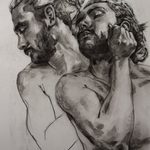 Untitled, 2020
Untitled, 2020
Charcoal on paper -
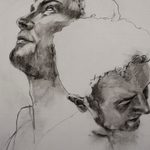 Untitled, 2020
Untitled, 2020
Charcoal on paper -
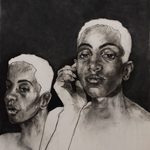 Untitled, 2020
Untitled, 2020
Charcoal on paper -
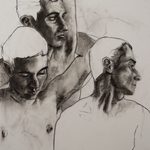 Untitled, 2020
Untitled, 2020
Charcoal on paper -
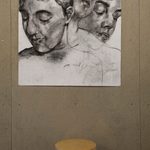 Untitled, 2020
Untitled, 2020
Charcoal on paper -
 Untitled, 2020
Untitled, 2020
Charcoal on paper -
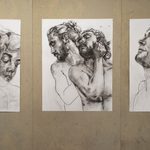 Untitled, 2020
Untitled, 2020
Charcoal on paper -
 Untitled, 2020
Untitled, 2020
Oil and acrylic on canvas -
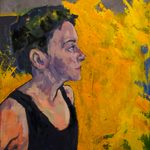 Untitled, 2020
Untitled, 2020
Oil and acrylic on canvas -
 Untitled, 2020
Untitled, 2020
Oil and acrylic on canvas -
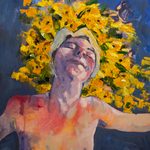 Untitled, 2020
Untitled, 2020
Oil and acrylic on canvas -
 Untitled, 2020
Untitled, 2020
Oil and acrylic on canvas -
 Untitled, 2020
Untitled, 2020
Oil and acrylic on canvas -
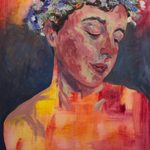 Untitled, 2020
Untitled, 2020
Oil and acrylic on canvas